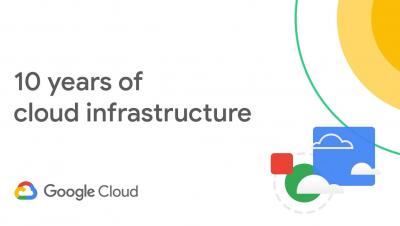Operations | Monitoring | ITSM | DevOps | Cloud
Google Operations
Google Cloud Monitoring 101: Understanding metric types
Whether you are moving your applications to the cloud or modernizing them using Kubernetes, observing cloud-based workloads is more challenging than observing traditional deployments. When monitoring on-prem monoliths, operations teams had full visibility over the entire stack and full control over how/what telemetry data is collected (from infrastructure to platform to application data).
10 years of cloud infrastructure with Eric Brewer
Observing container environments with Cloud Operations
Better Kubernetes application monitoring with GKE workload metrics
The newly released 2021 Accelerate State of DevOps Report found that teams who excel at modern operational practices are 1.4 times more likely to report greater software delivery and operational performance and 1.8 times more likely to report better business outcomes. A foundational element of modern operational practices is having monitoring tooling in place to track, analyze, and alert on important metrics.
Monitoring compute infrastructure with the Cloud Ops Agent
Maintaining reliable services with advanced Cloud Logging features
How Lowe's SRE reduced its mean time to recovery (MTTR) by over 80 percent
The stakes of managing Lowes.com have never been higher, and that means spotting, troubleshooting and recovering from incidents as quickly as possible, so that customers can continue to do business on our site. To do that, it’s crucial to have solid incident engineering practices in place. Resolving an incident means mitigating the impact and/or restoring the service to its previous condition.











